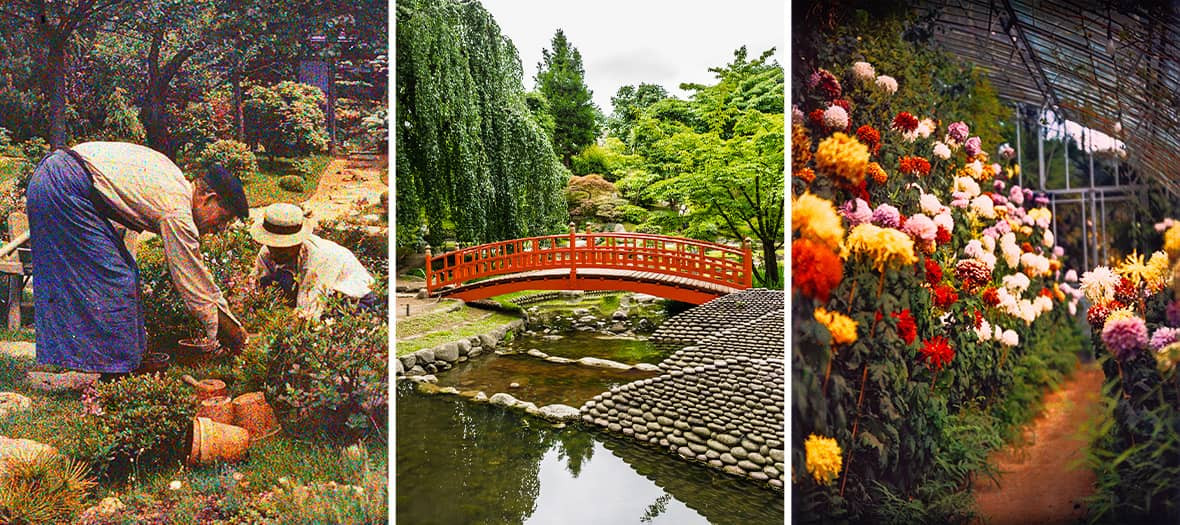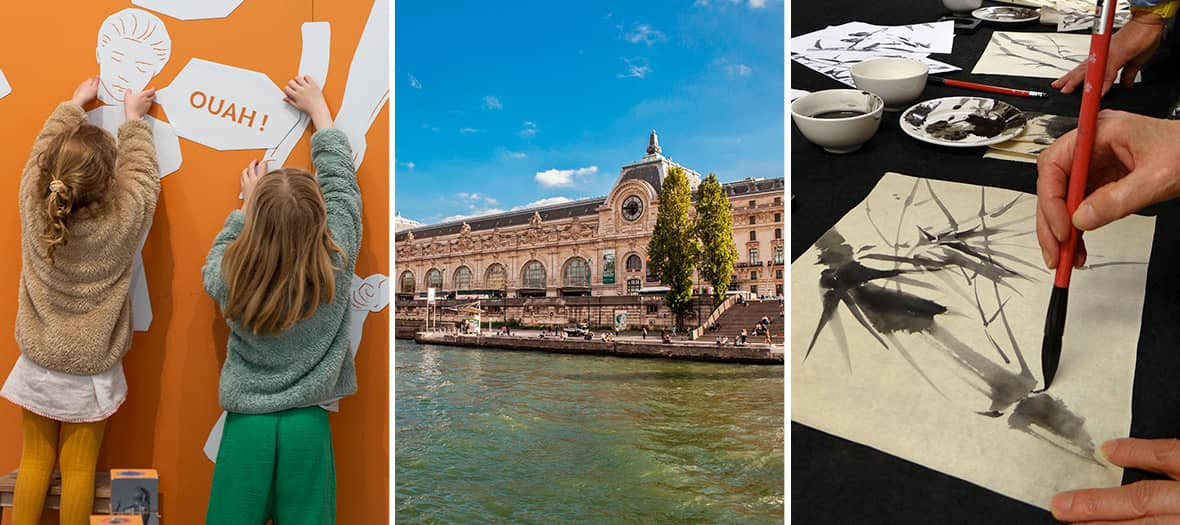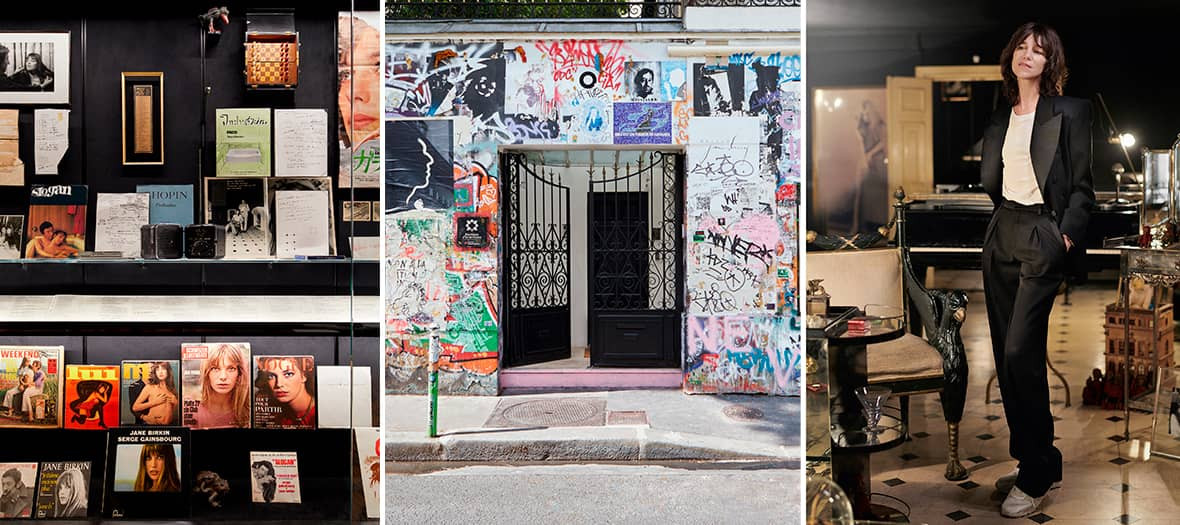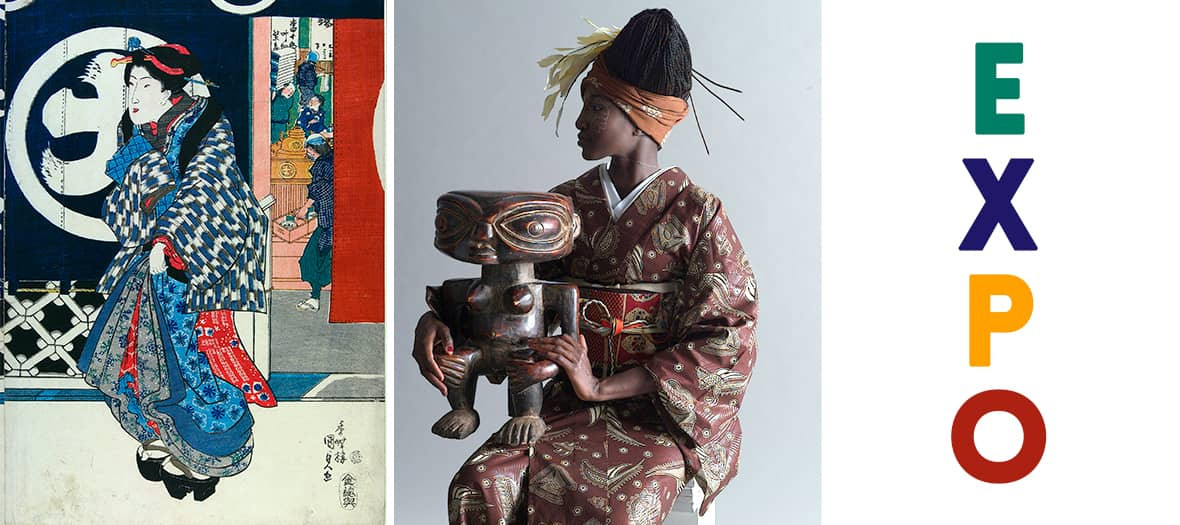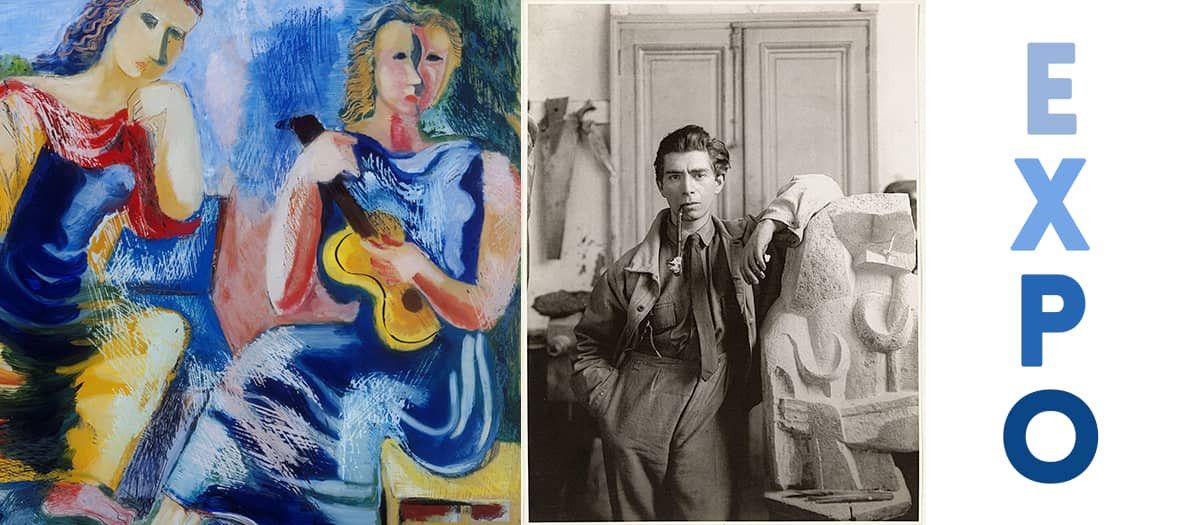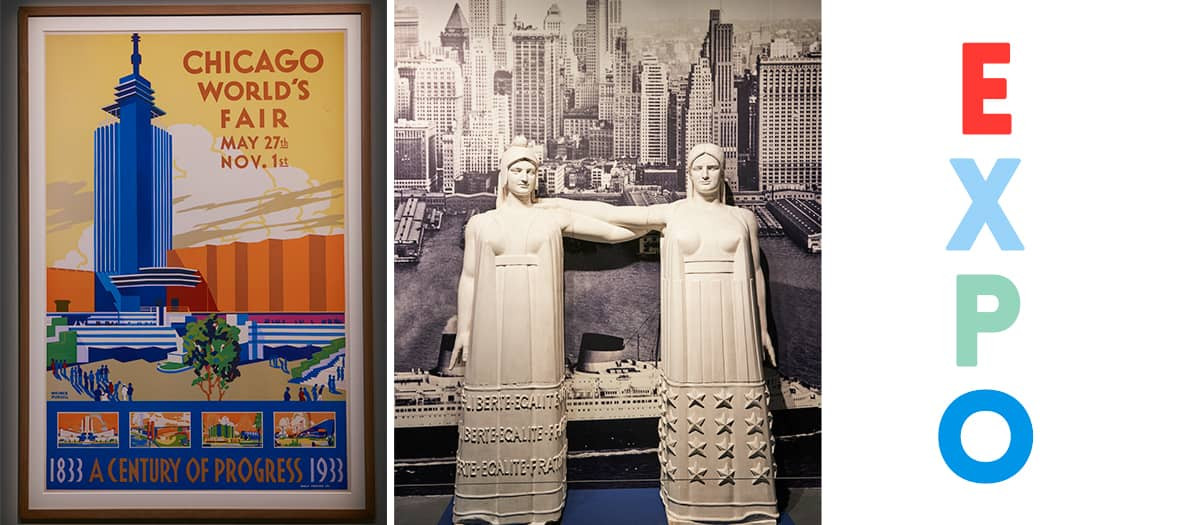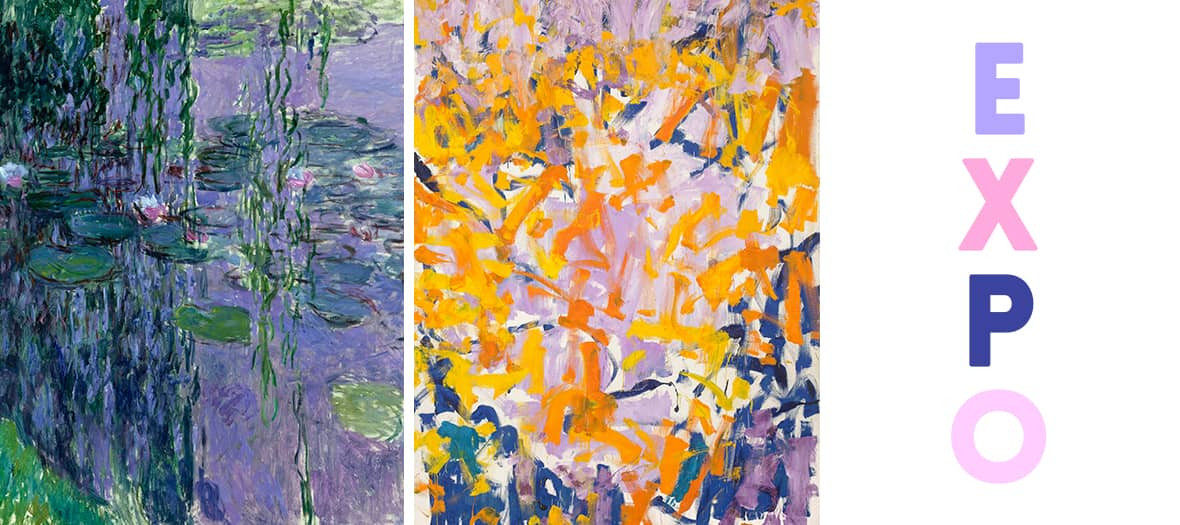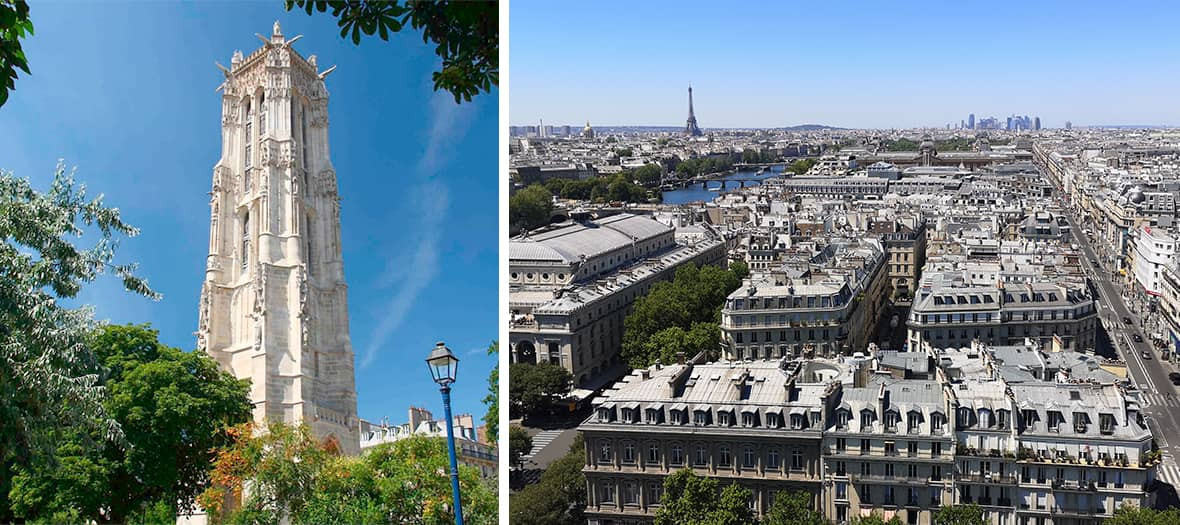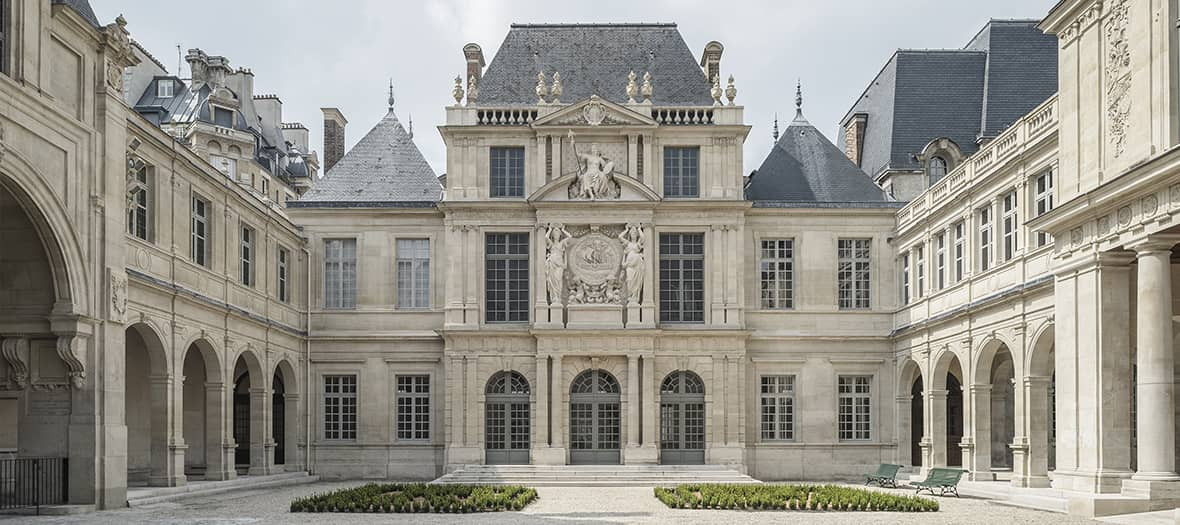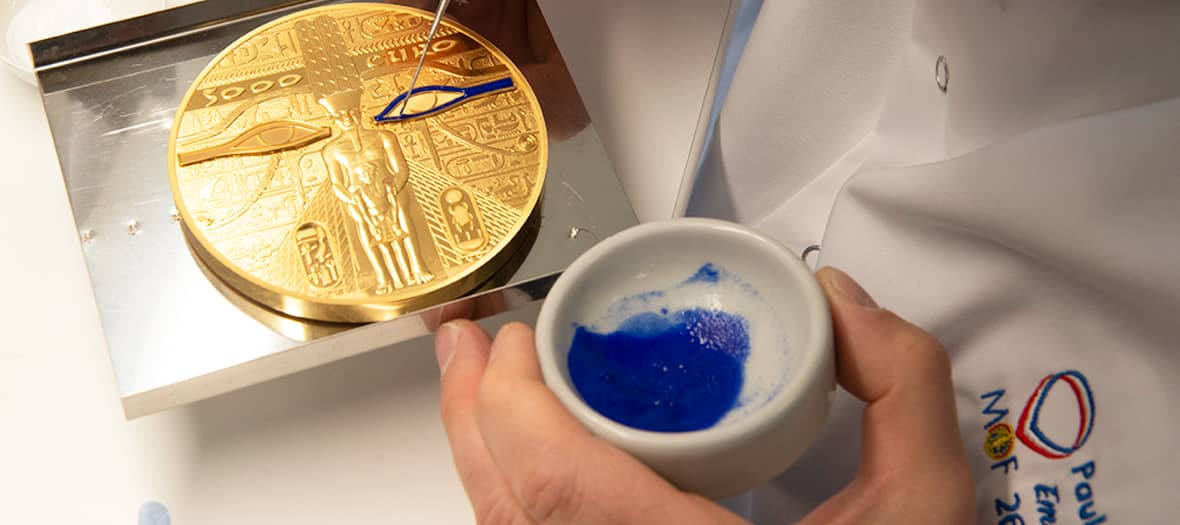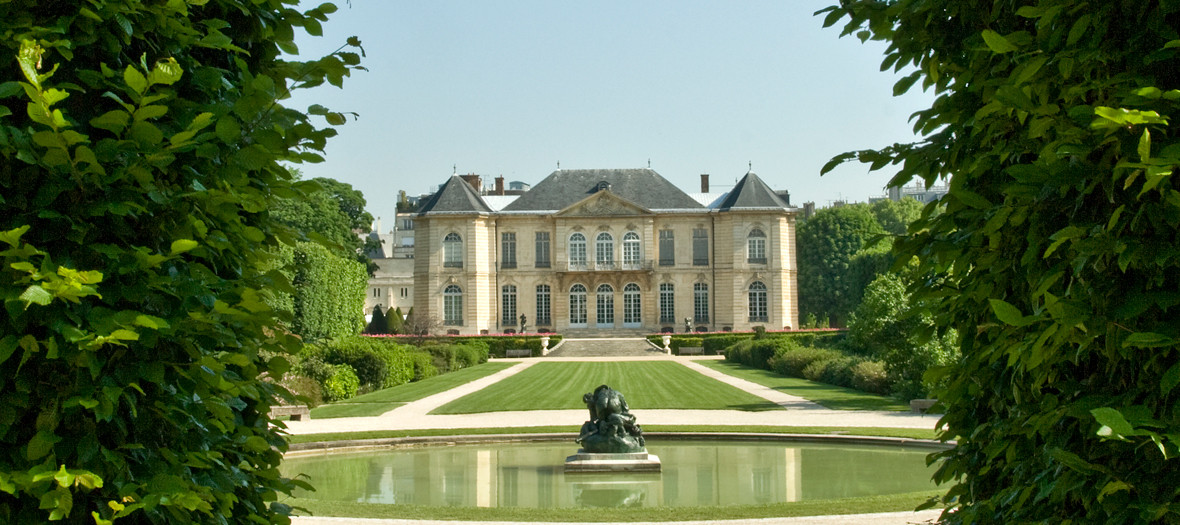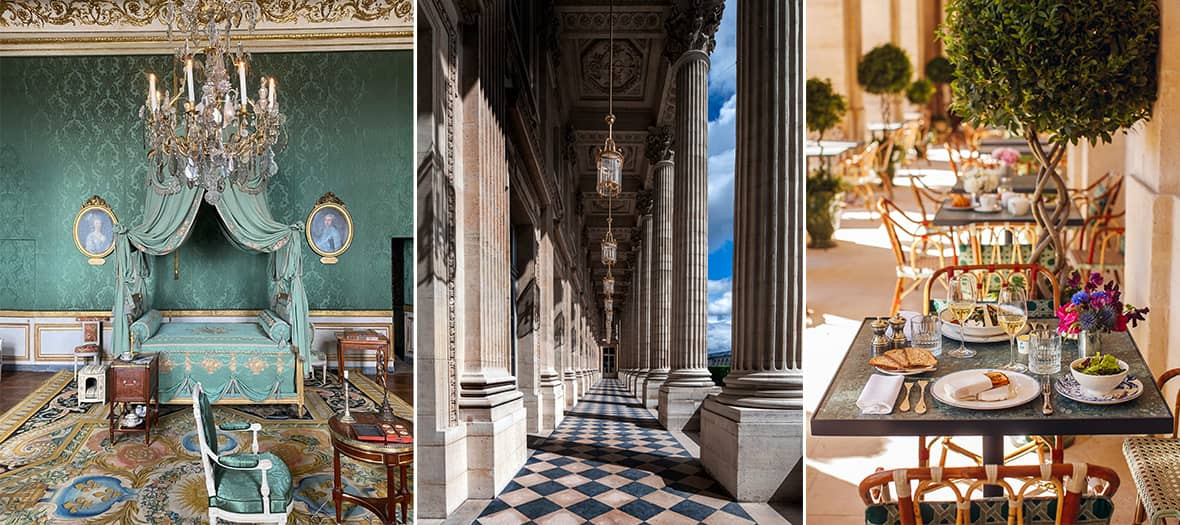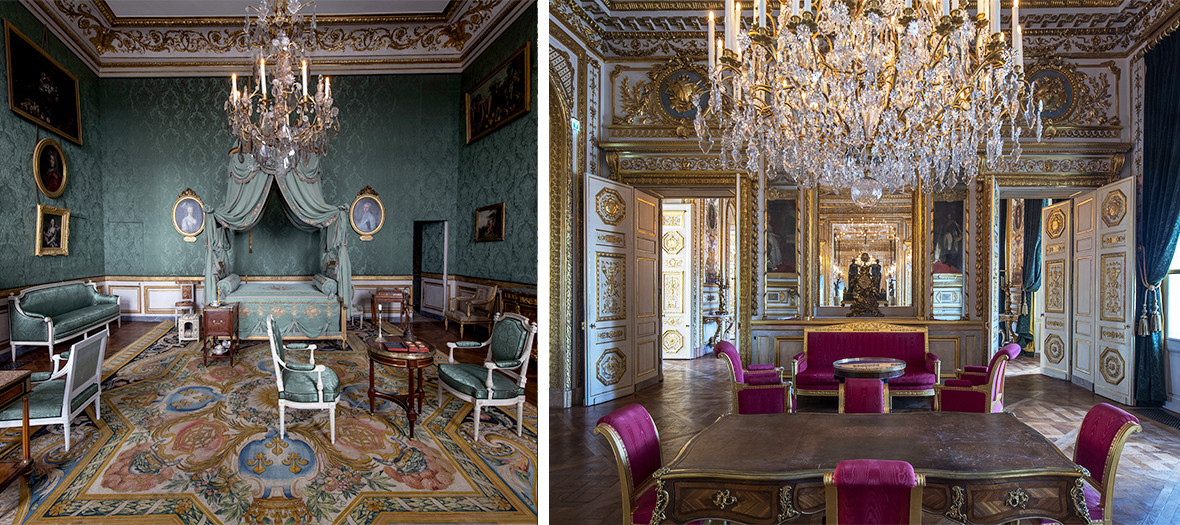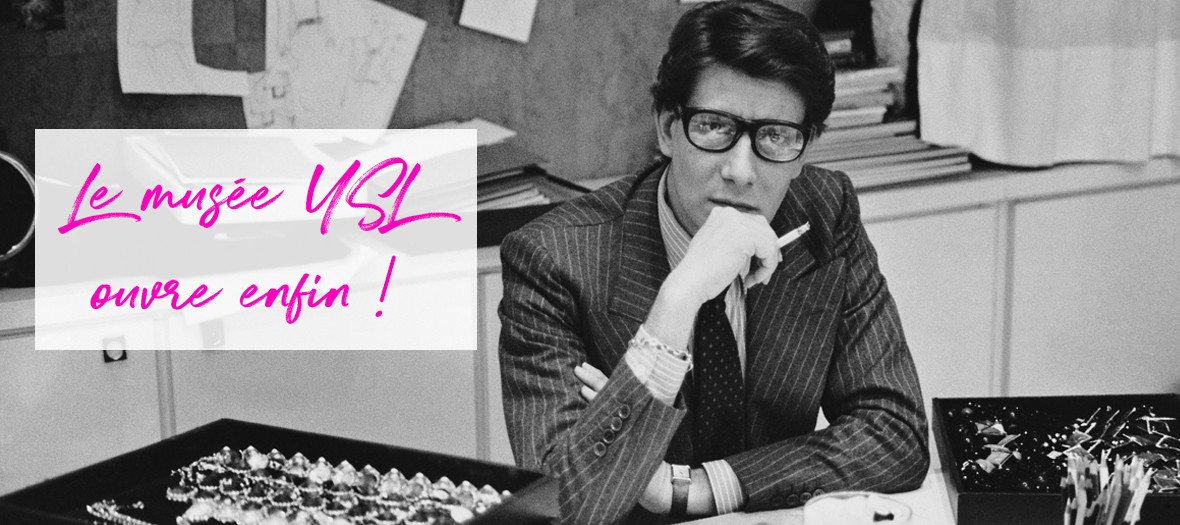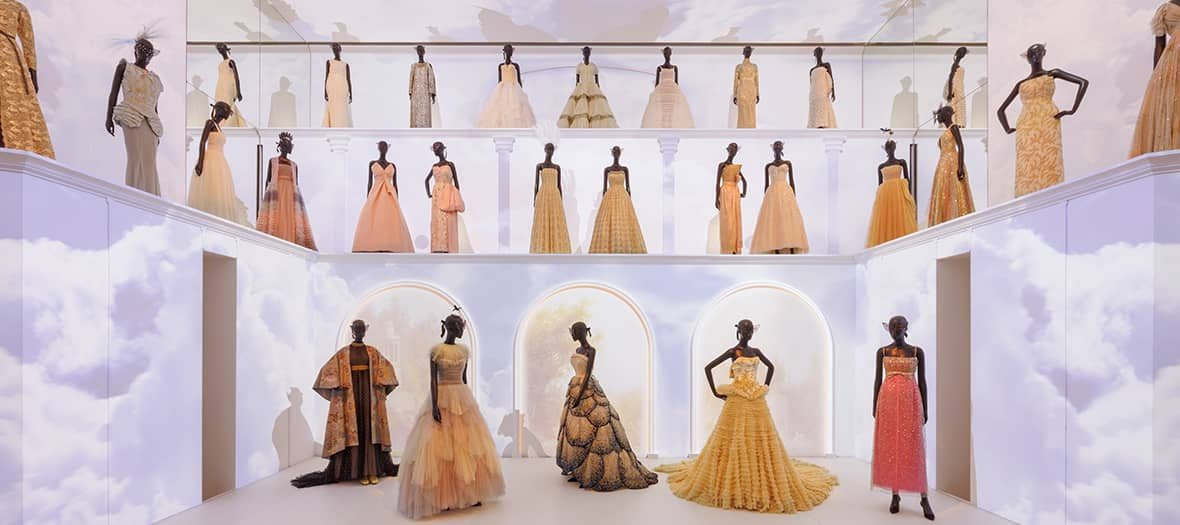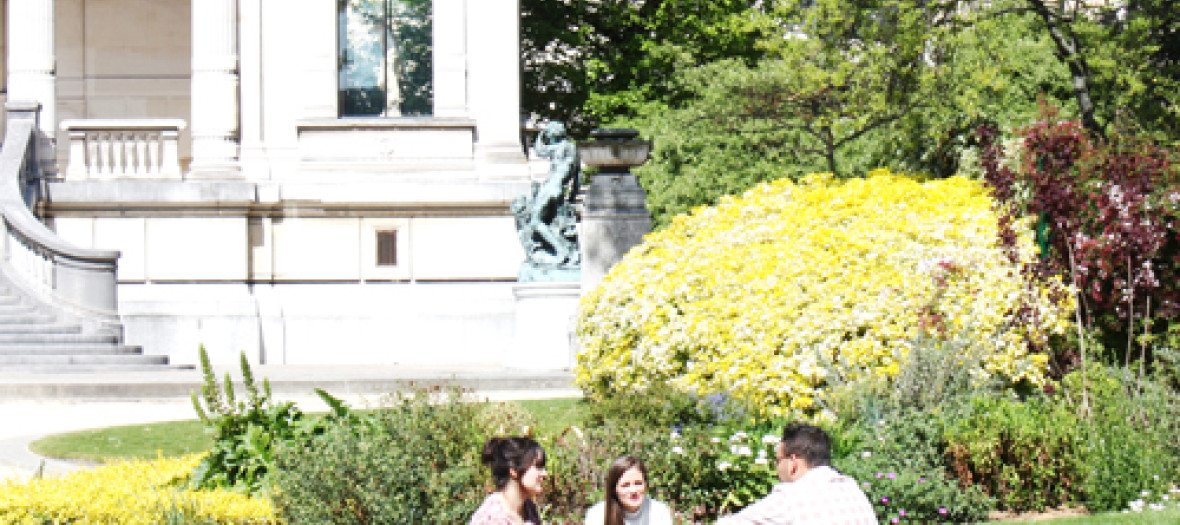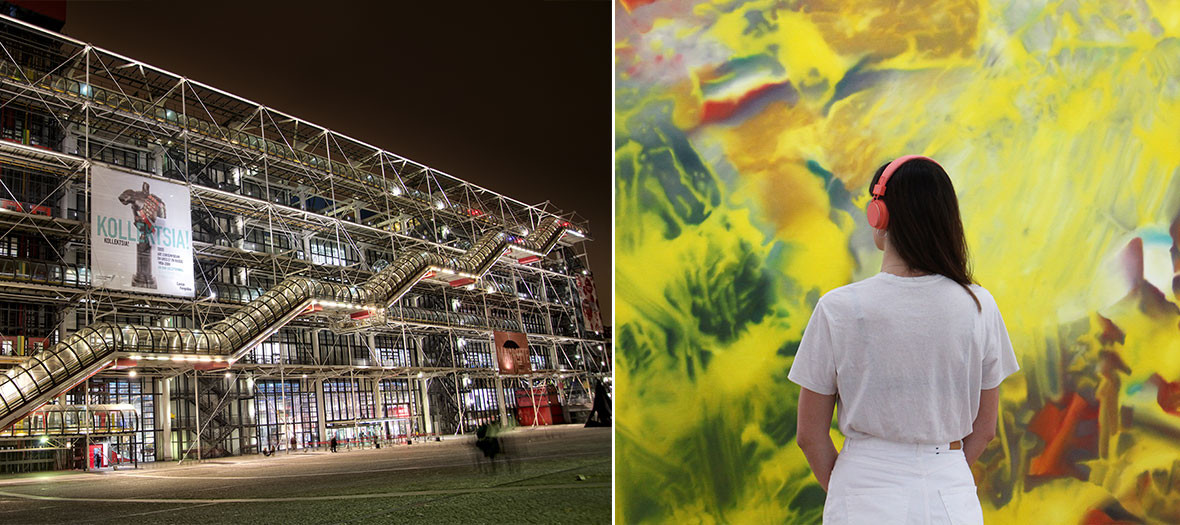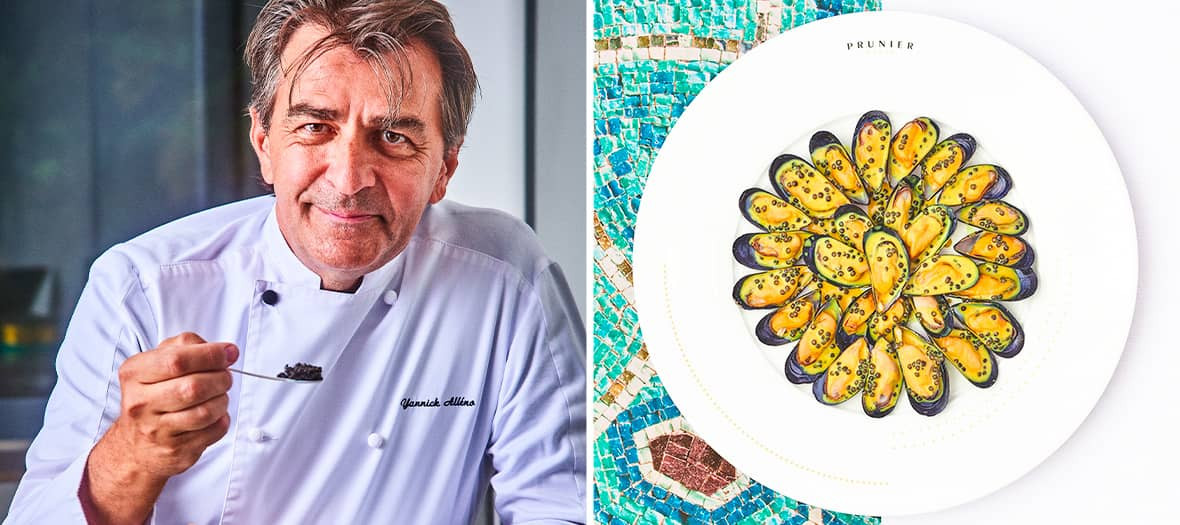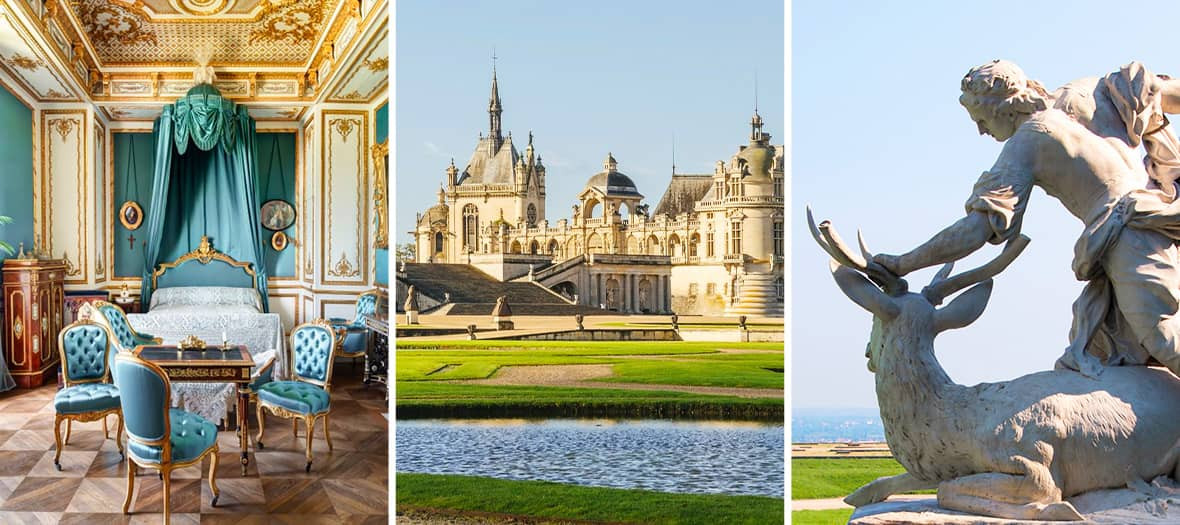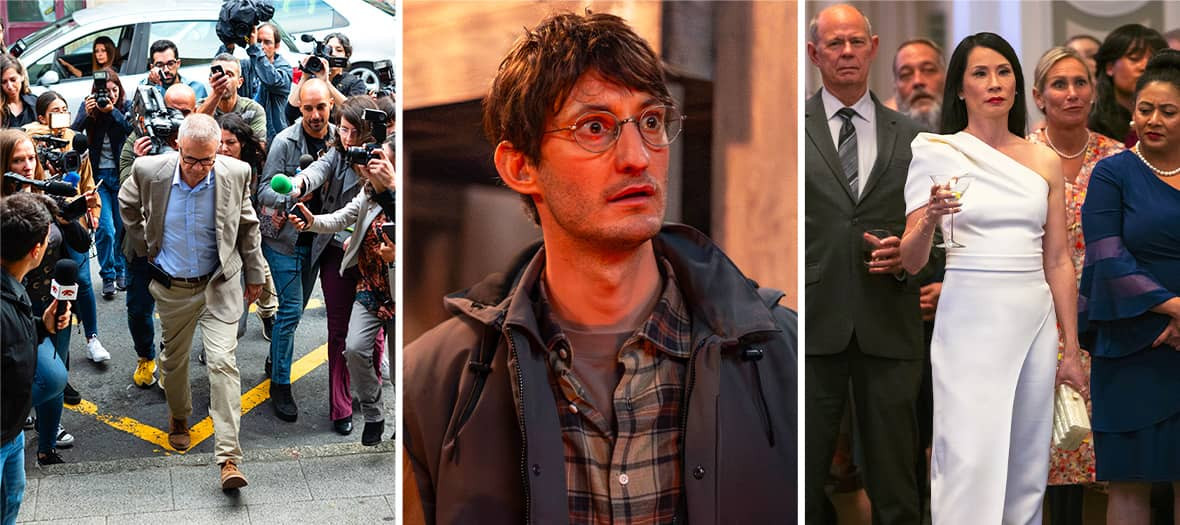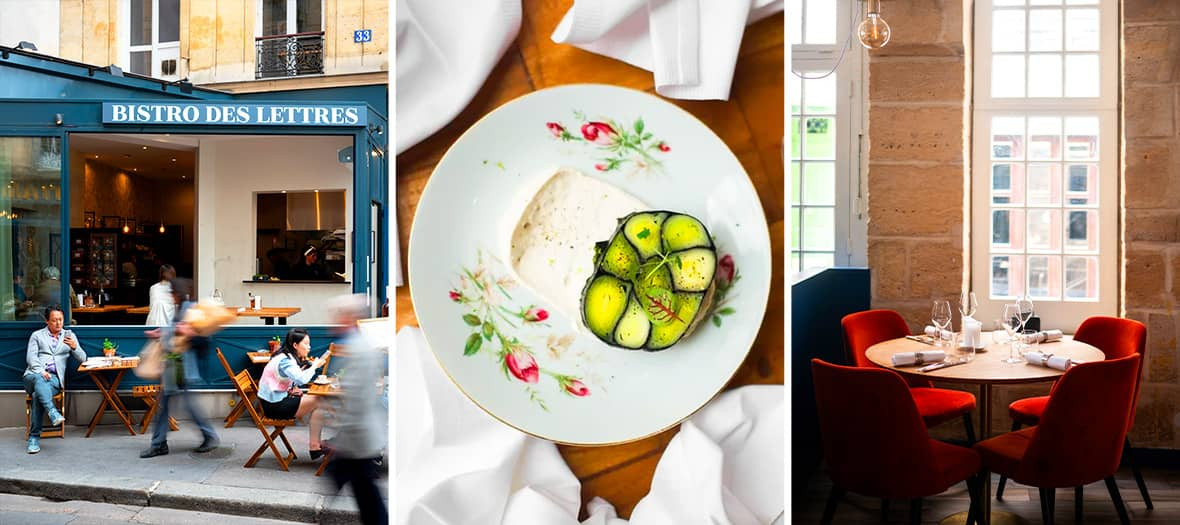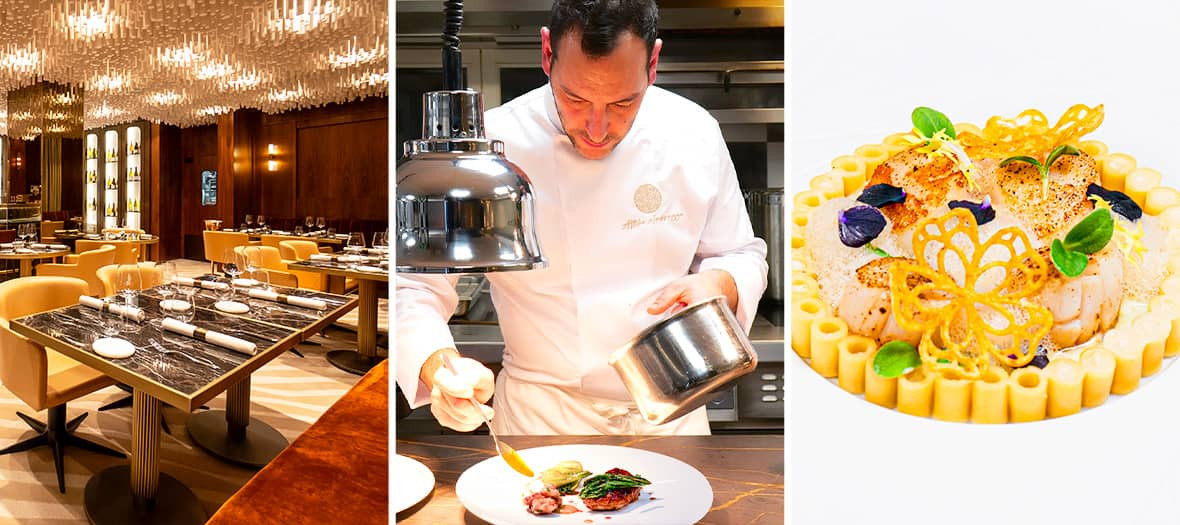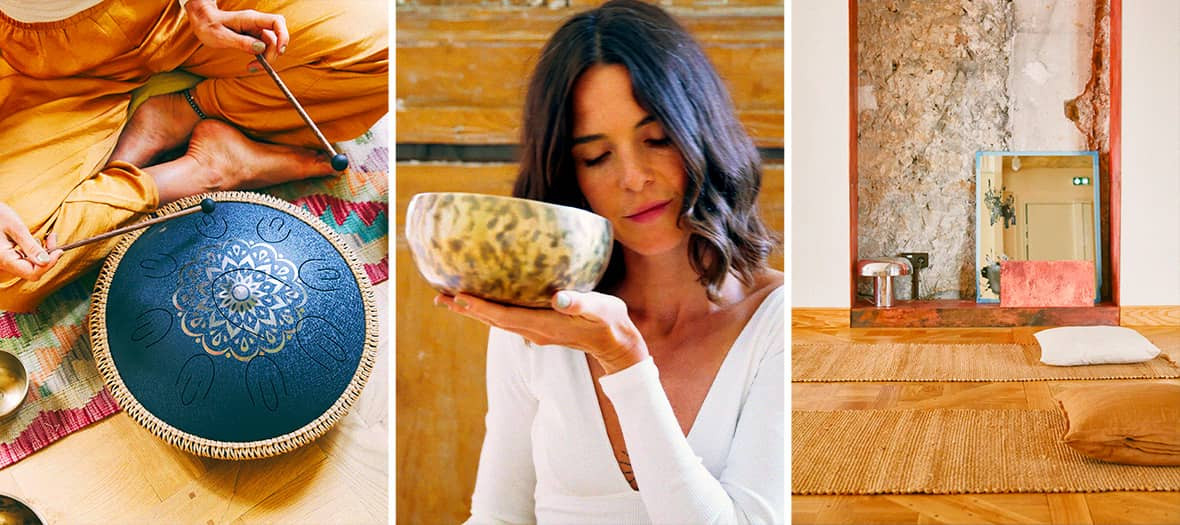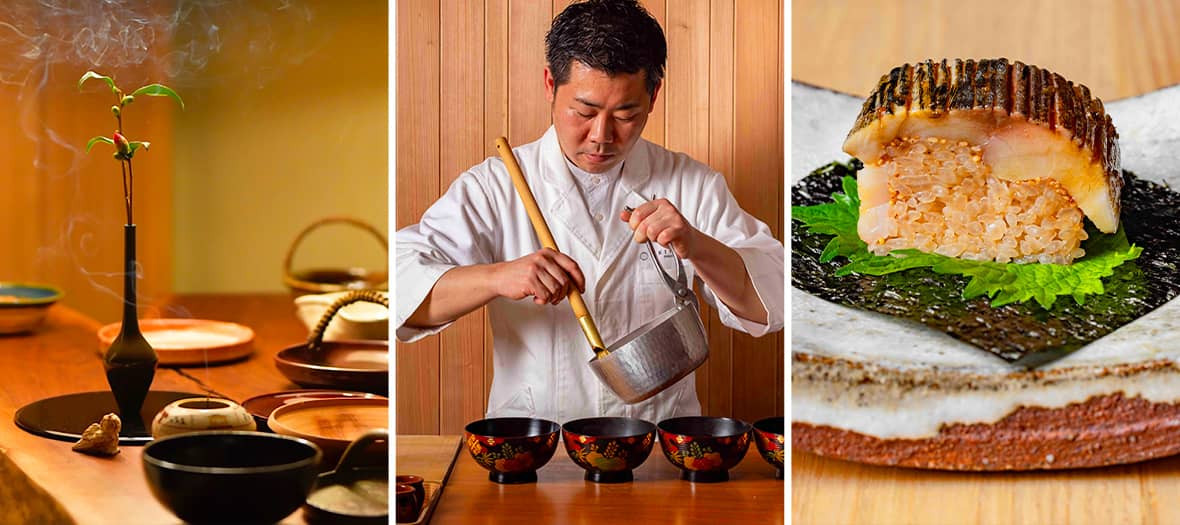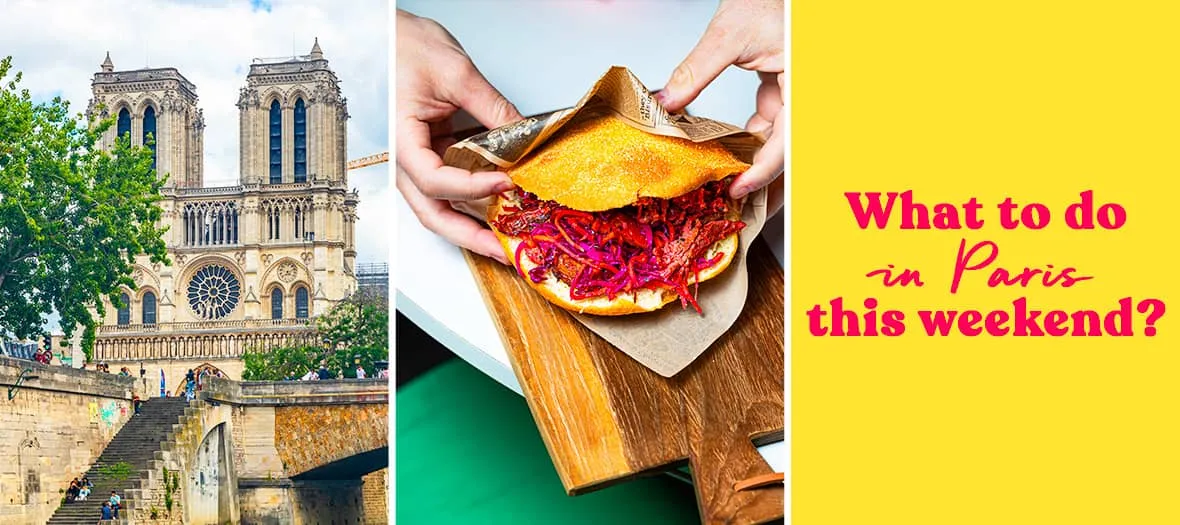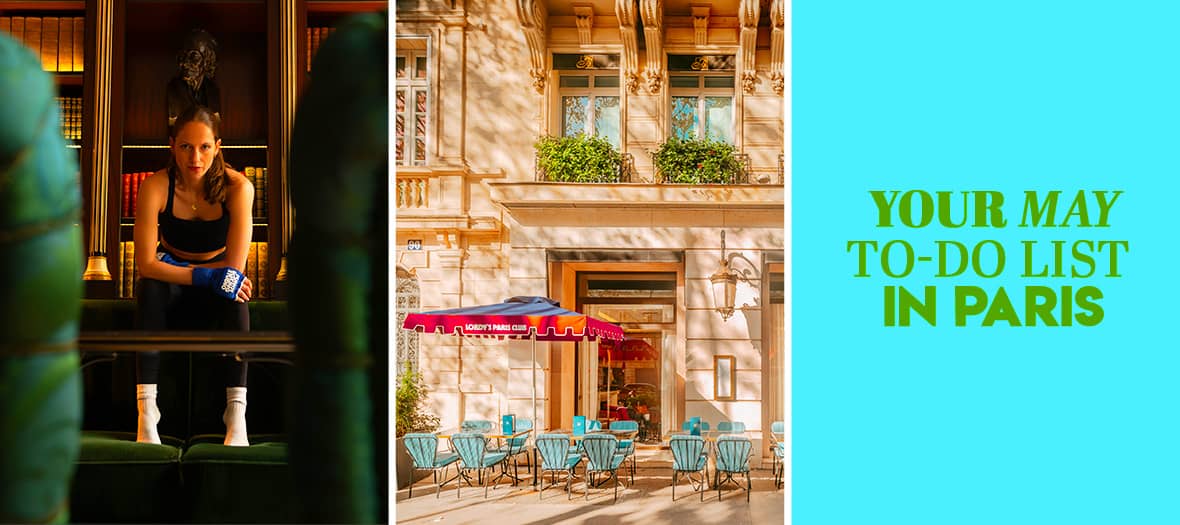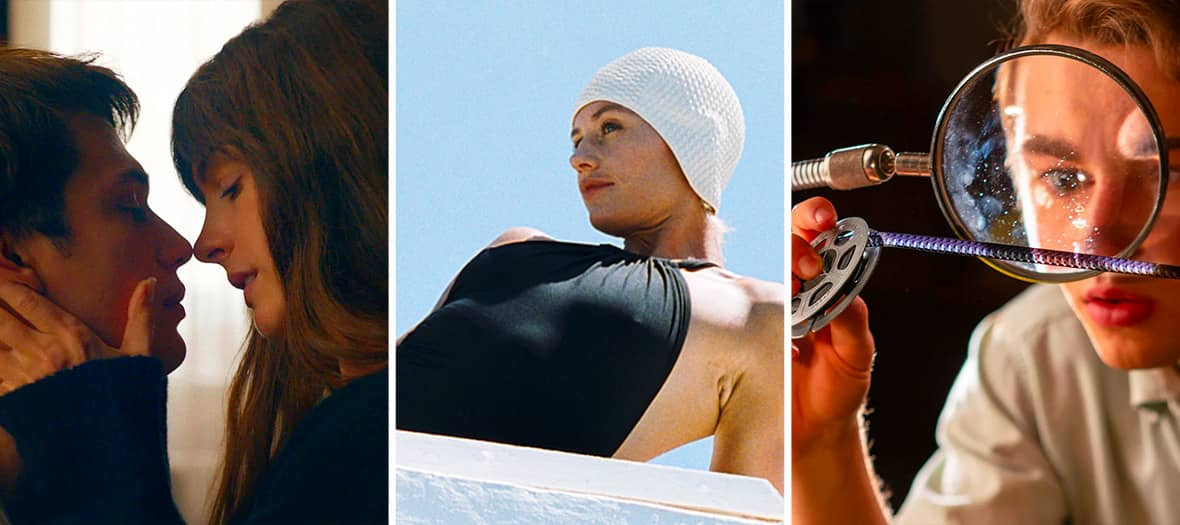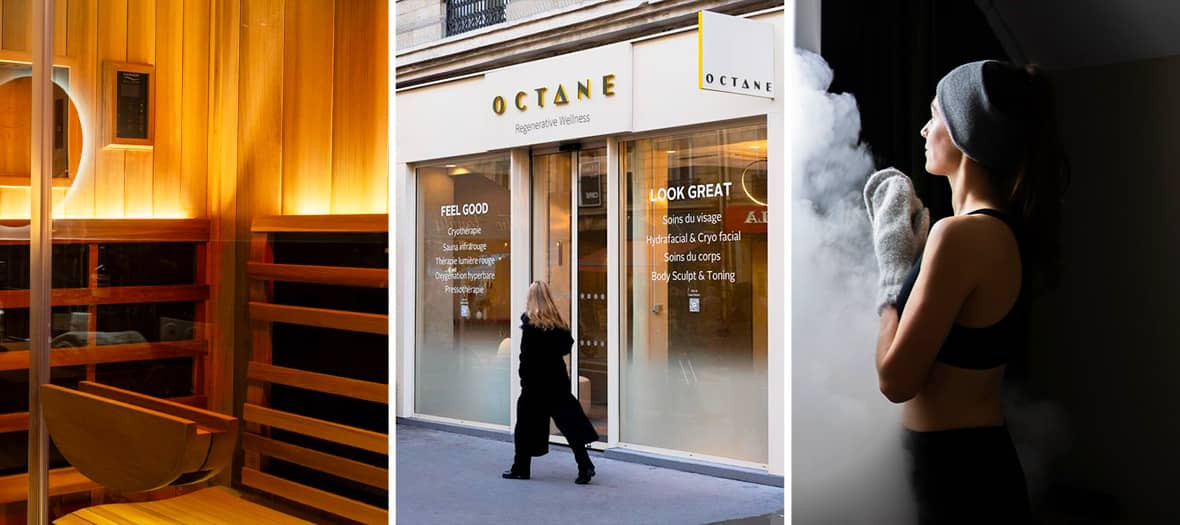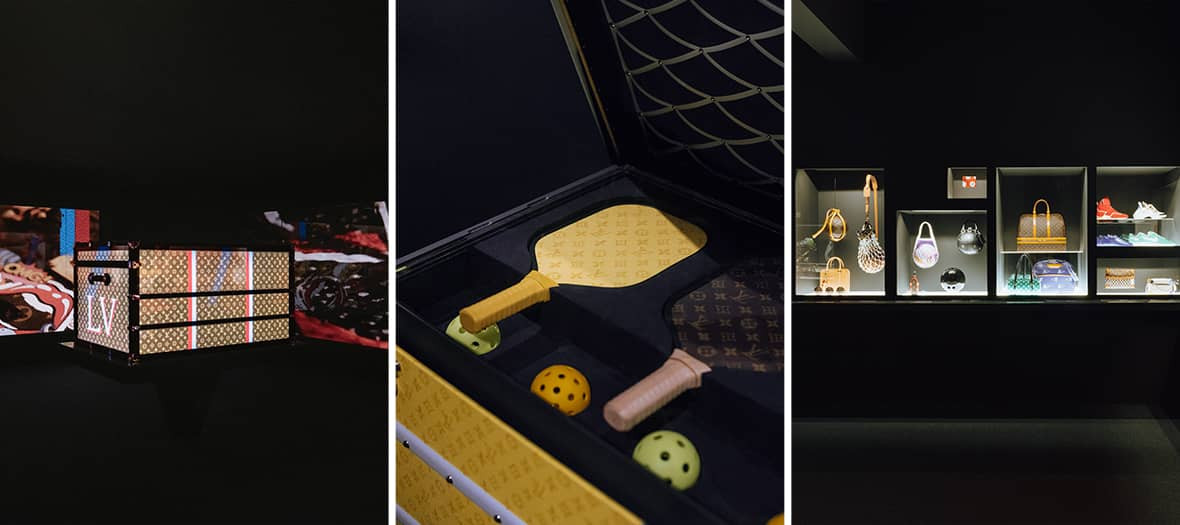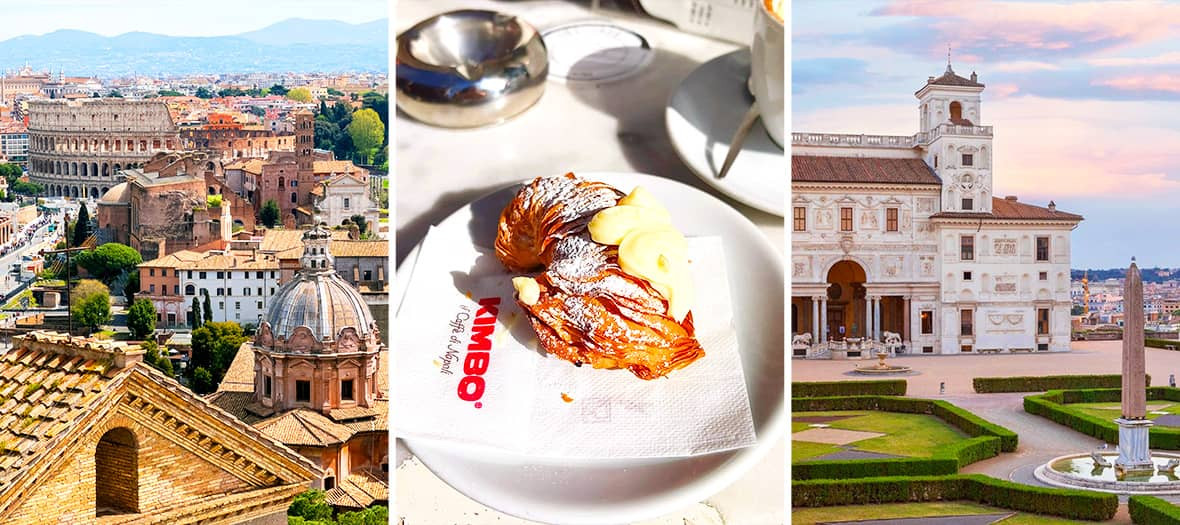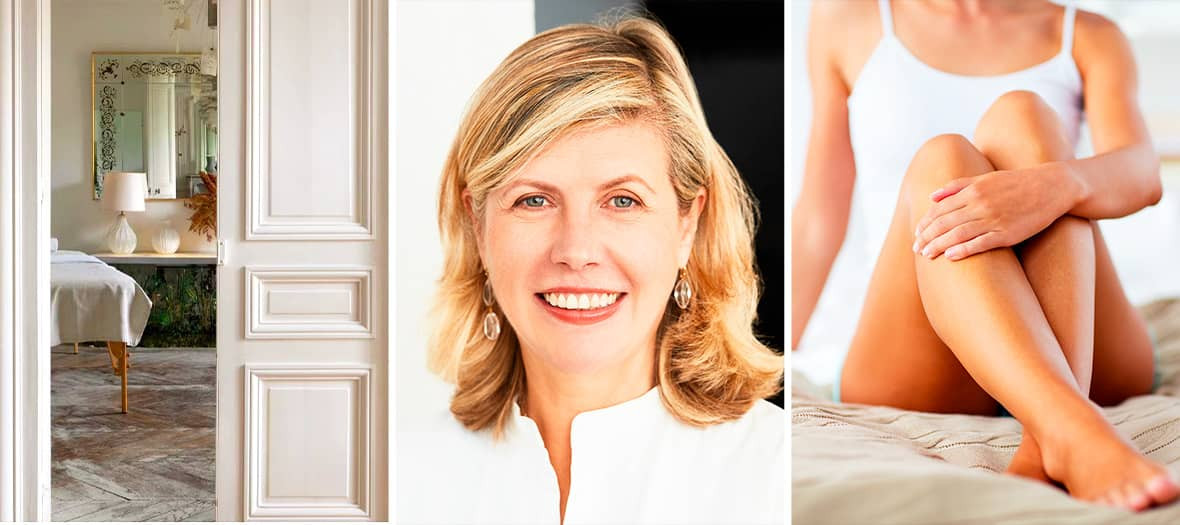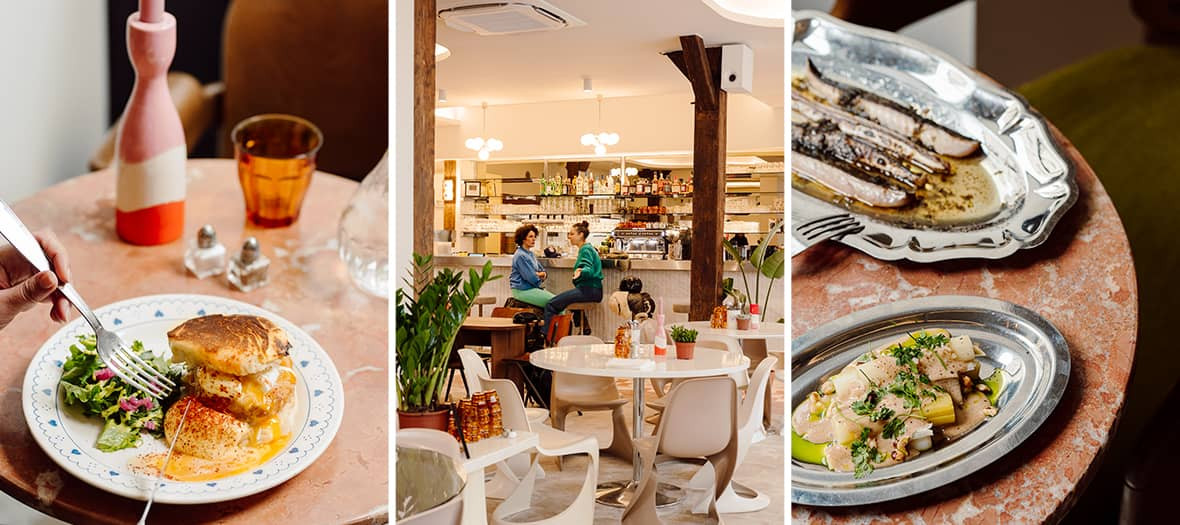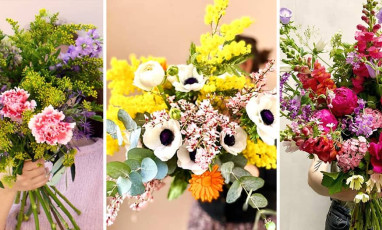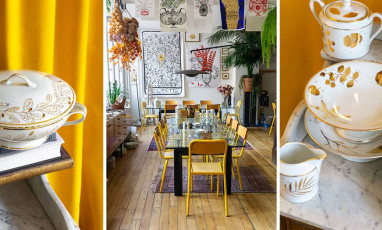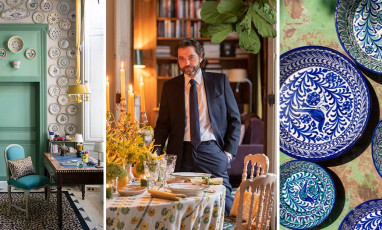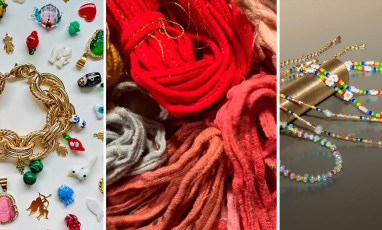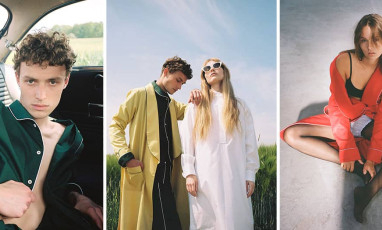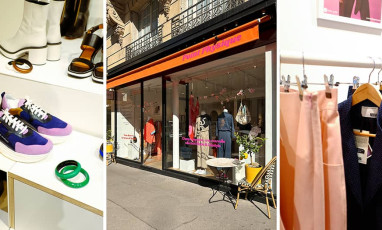© CD92, Albert Kahn Departmental Museum.
Embark on a tranquil and captivating stroll with just a Navigo pass... The Albert Kahn Departmental Museum presents a new exhibition showcasing the evolution of the philanthropist's gardens through images. "Natures vivantes. Images et imaginaires des jardins d’Albert Kahn" unveils previously unseen archives, testifying to Kahn's love for the botanical world. It's the perfect opportunity to also enjoy a stroll through the museum's extraordinary gardens to admire and truly experience its flowers. Let's take you there!
A Journey Through Time
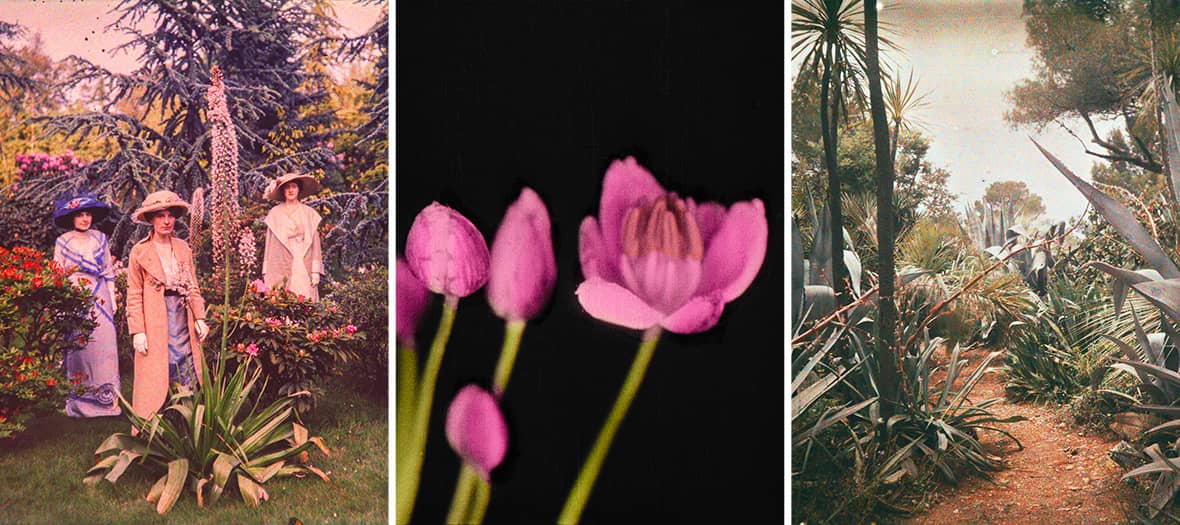
Albert Kahn had a bold vision: to create a garden reflecting utopia, a world in harmony. Since 1895, he worked on this project by acquiring land in Boulogne-Billancourt. The result? A lush property of 4.2 hectares featuring French, English, Japanese gardens, and forests. This peaceful haven houses hundreds of plants and flowers, each more colorful than the next. To preserve the memory of this garden and the one in Cap-Martin on the Mediterranean coast, which has since disappeared, the extravagant banker hired photographers and operators who captured tens of thousands of autochromes (color photographs on glass plates) and films between 1900 and 1931.
Tentacular agaves, solitary palm trees, delicate banana plants swaying in the wind, manicured pine forests, flower carpets of iris, ranunculus, and Chinese primroses... These images are an invaluable resource to understand what Albert Kahn's gardens looked like during the first 30 years of the 20th century and throughout different seasons. It's a way to travel back in time while admiring the colors of these exotic flowers, thanks to autochrome, which enhances the hues of these species. Magical!
A Champion of Techniques and Sciences
Beyond their aesthetic appeal, Albert Kahn saw these gardens as a major scientific asset. To immortalize species, he funded artists and technicians who could develop their techniques and knowledge, such as the Keller-Dorian process (color restoration in cinema), the cinematograph - the precursor to cinema that emerged in the late 18th century - or the enlargement and accelerations to observe the evolution of a flower's cycle. Albert Kahn even had a study laboratory of living organisms installed in his Parisian property, entrusted to the pioneer of scientific cinema, Jean Comandon. This resulted in spectacular scenes of the fauna and flora of the Boulogne garden, presented like a giant herbarium, as documented as it is remarkable.
Wonderful Gardens
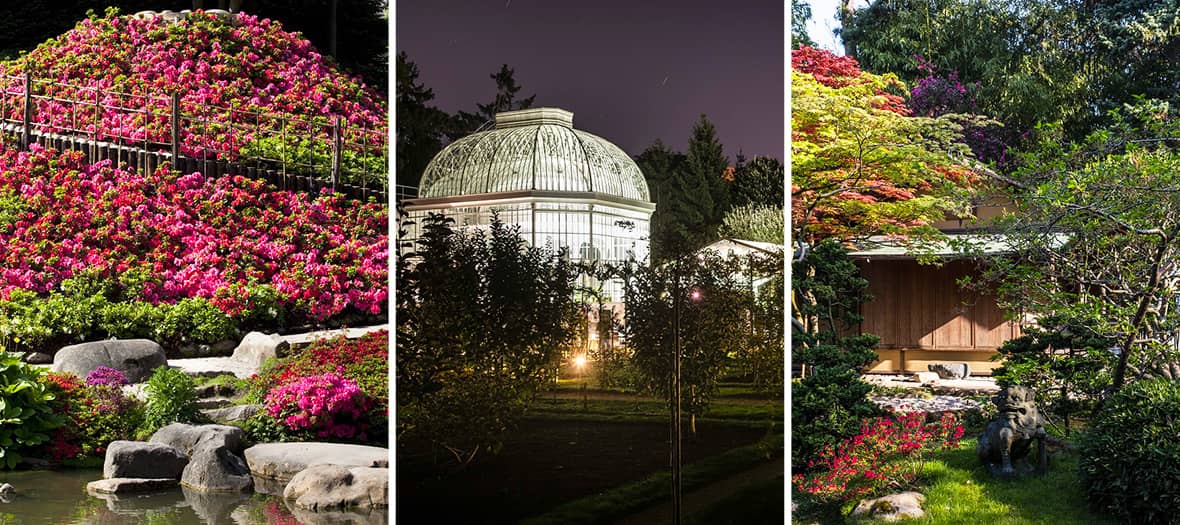
In addition to learning a lot in this extraordinary place, you'll discover an immense and sublime garden. Comprising seven different spaces including a French garden, an English cottage, a Japanese village, and even several forests, this haven of peace just a stone's throw from Paris symbolizes the potential coexistence of different landscapes.
With its 100% zen spirit, the garden features numerous buildings, including a magnificent white greenhouse with exotic plants, Japanese buildings personally acquired by Albert Kahn, a rose garden, and even a small red bridge in Japanese style. It's a great way to discover the architecture of the world in this completely immersive mini-excursion!
"Natures vivantes. Images et imaginaires des jardins d’Albert Kahn" until December 31st. The museum is open Tuesday to Sunday from 11 am to 7 pm. Starting from €5. Information and reservations online.
© CD92, Albert Kahn Departmental Museum, Willy Labre, and Olivier Ravoire.
Also, discover Louis Vuitton unveils its house for an extraordinary exhibition and the best (free!) exhibitions in Parisian galleries.

